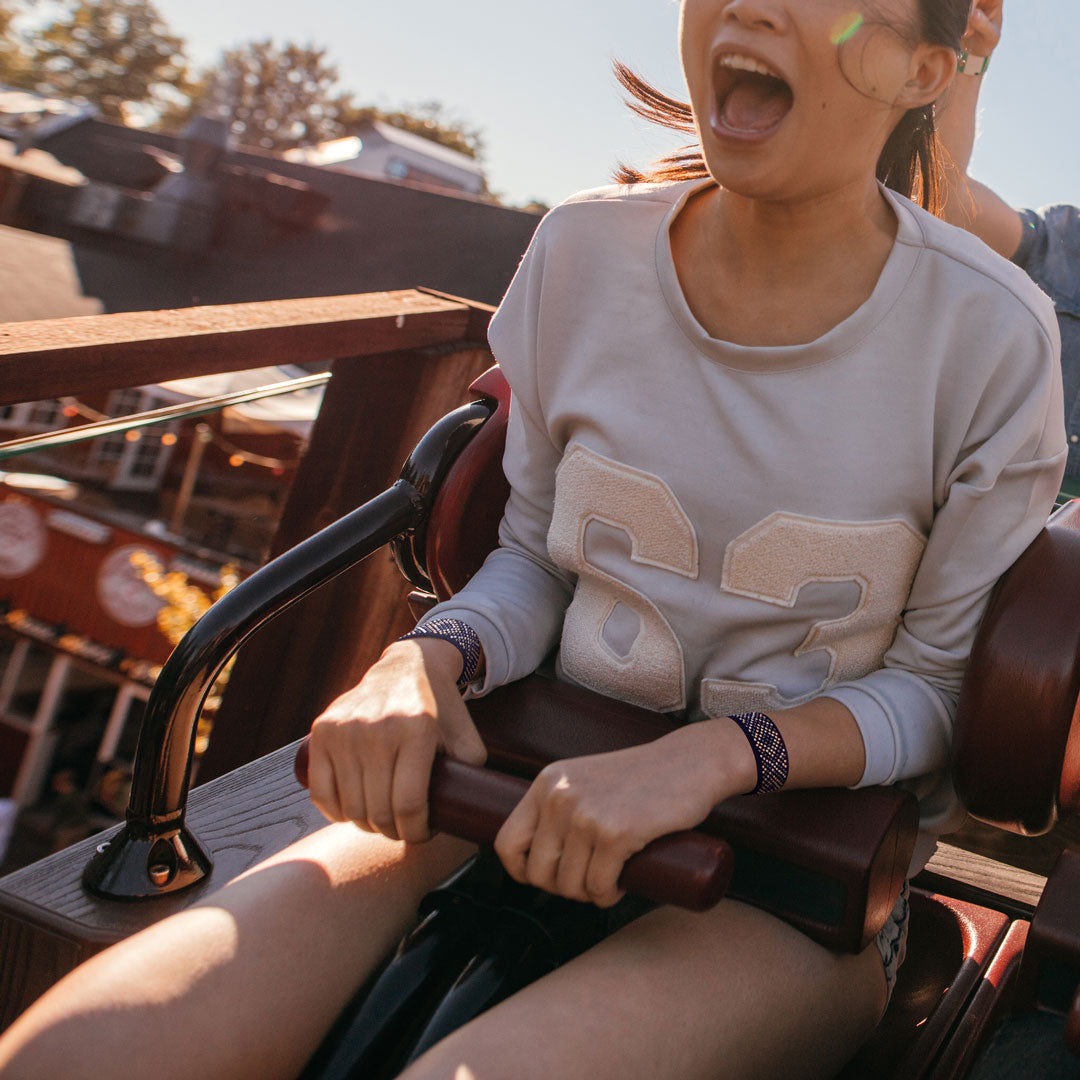I recently saw a headline declaring that riders going on a highly-anticipated new coaster were doing so with barf-bags in hand. Many of the newest rides, especially at Orlando theme parks, are using cutting-edge technology, often heavily-reliant on screens, to create out-of-this-world experiences—but are new rides making motion sickness a more common complaint among visitors?
In case you're planning an Orlando vacation and wondering what to look out for, we took a poll to find out what rides theme-park fans fear most when it comes to nausea!

A growing consensus among theme-park goers suggests that screen-based rides are indeed more nauseating than traditional attractions like dark rides or even roller-coasters.
One commenter on a popular online forum had this to say: "I can't ride any of them; if it has a screen, I'm out."
Of course, what exactly you find nauseating (and how bad the nausea gets) is a highly individual thing. Even so, it makes sense that screen-based rides would tend to trigger more riders, since they can have an effect both on people prone to motion-induced and visually-induced nausea. People also vary on how to deal with the prospect of nausea, some choosing to take medication, others preferring drug-free nausea relief bands, and some even skipping certain rides altogether.
Whatever your preferences, this article will give you the knowledge you need to be prepared. Our poll asked frequent theme-park visitors which rides at Disney World and Universal Orlando they found the most challenging. These are the top five rides that caused the most queasiness for our respondents:
POLL RESULTS:
Good News on Newer Rides!
The good news? Our poll suggests that designers of newer screen-based rides are actually getting better at reducing the amount of nausea riders experience. While some new rides still caused riders nausea, the top spots in our poll were all taken by earlier generation simulators and simulator/coaster hybrids.
TIER FOUR
5% OF VOTES
Remy's Ratatouille Adventure (EPCOT), Avatar: Flight of Passage (Animal Kingdom), and Guardians of the Galaxy Cosmic Rewind (EPCOT): These three rides are all fairly new (or brand new, in the case of GotG), but while they did cause issues for some riders, they only garnered a small number of votes, at about 5% of the total each. Whether you'll feel queasy after riding these probably depends a lot on your particular make up. They're pretty impressive attractions, so if you're not super prone to nausea, we'd recommend giving them a shot if you're visiting the parks.
TIER THREE
15% OF VOTES
Star Tours: The Adventures Continue (Hollywood Studios): Hollywood Studios has a ton of new rides, some quite tech-heavy, but the most problematic one when it comes to nausea seems to be this older simulator. Some people avoid it altogether, opting for the rides that use more advance tech in the new Star Wars-themed section of the park.
TIER TWO
20% OF VOTES
Harry Potter and the Forbidden Journey (Islands of Adventure), The Simpsons Ride (Universal Studios): These two attractions in Universal Orlando Resort tied for second place as most nauseating rides. Forbidden Journey is the ride inside Hogwarts Castle, which opened back in 2014 (the newer HP rides don't seem to cause as much motion sickness). I'd recommend leaving it for the end of the day. I've ridden it and it's fantastic, but I would not go on it without a pair of Blisslets nausea relief bands. The Simpsons Ride is built on an old simulator that used to house the Back to the Future ride, and the animated visuals probably make the ride's nausea-inducing properties worse.
Mission Space (Orange Line), EPCOT : This is a centrifuge-based simulator, which means the ride spins riders around to mimic the G-forces of taking off in a spaceship. Unless you're a tech billionaire, this is the closest you can probably get to experiencing space-flight. Unfortunately, that also makes Mission Space a problematic ride for many people. It's not for nothing that Disney eventually introduced a less-intense version of the ride, and made barf bags easily accessible. Don't ride it on a full stomach, and make sure to have a pair of Blisslets relief bands on hand.

